Professor Matthew Bennett and Dr Sally Reynolds write for The Conversation about their research dating fossil footprints found in New Mexico…
Humans got to America 7,000 years earlier than thought, new research confirms
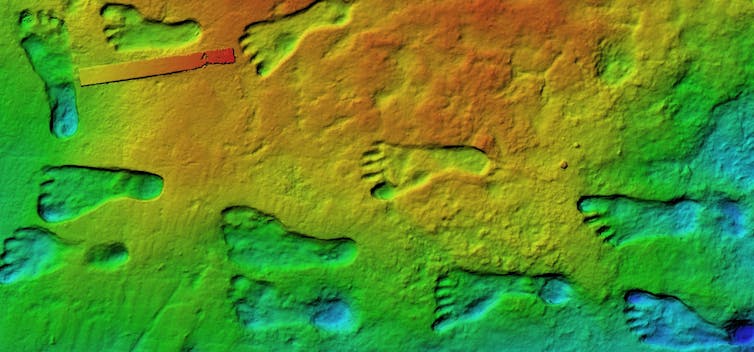
National Park Service
Matthew Robert Bennett, Bournemouth University and Sally Christine Reynolds, Bournemouth University
When and how humans first settled in the Americas is a subject of considerable controversy. In the 20th century, archaeologists believed that humans reached the North American interior no earlier than around 14,000 years ago.
But our new research found something different. Our latest study supports the view that people were in America about 23,000 years ago.
The 20th century experts thought the appearance of humans had coincided with the formation of an ice-free corridor between two immense ice sheets straddling what’s now Canada and the northern US. According to this idea, the corridor, caused by melting at the end of the last Ice Age, allowed humans to trek from Alaska into the heart of North America.
Gradually, this orthodoxy crumbled. In recent decades, dates for the earliest evidence of people have crept back from 14,000 years ago to 16,000 years ago. This is still consistent with humans only reaching the Americas as the last Ice Age was ending.
In September 2021, we published a paper in Science that dated fossil footprints uncovered in New Mexico to around 23,000 years ago – the height of the last Ice Age. They were made by a group of people passing by an ancient lake near what’s now White Sands. The discovery added 7,000 years to the record of humans on the continent, rewriting American prehistory.
If humans were in America at the height of the last Ice Age, either the ice posed few barriers to their passage, or humans had been there for much longer. Perhaps they had reached the continent during an earlier period of melting.
Our conclusions were criticised, however we have now published evidence confirming the early dates.
Dating the pollen
For many people, the word pollen conjures up a summer of allergies, sneezing and misery. But fossilised pollen can be a powerful scientific tool.
In our 2021 study, we carried out radiocarbon dating on common ditch grass seeds found in sediment layers above and below where the footprints were found. Radiocarbon dating is based on how a particular form – called an isotope – of carbon (carbon-14) undergoes radioactive decay in organisms that have died within the last 50,000 years.
Some researchers claimed that the radiocarbon dates in our 2021 research were too old because they were subject to something called the “hard water” effect. Water contains carbonate salts and therefore carbon. Hard water is groundwater that has been isolated from the atmosphere for some period of time, meaning that some of its carbon-14 has already undergone radioactive decay.
Common ditch grass is an aquatic plant and the critics said seeds from this plant could have consumed old water, scrambling the dates in a way that made them seem older than they were.
It’s quite right that they raised this issue. This is the way that science should proceed, with claim and counter-claim.
How did we test our claim?
Radiocarbon dating is robust and well understood. You can date any type of organic matter in this way as long as you have enough of it. So two members of our team, Kathleen Springer and Jeff Pigati of the United States Geological Survey set out to date the pollen grains. However, pollen grains are really small, typically about 0.005 millimetres in diameter, so you need lots of them.
This posed a formidable challenge: you need thousands of them to get enough carbon to date something. In fact, you need 70,000 grains or more.
Medical science provided a remarkable solution to our conundrum. We used a technique called flow cytometry, which is more commonly used for counting and sampling individual human cells, to count and isolate fossil pollen for radiocarbon dating.
Flow cytometry uses the fluorescent properties of cells, stimulated by a laser. These cells move through a stream of liquid. Fluorescence causes a gate to open, allowing individual cells in the flow of liquid to be diverted, sampled, and concentrated.
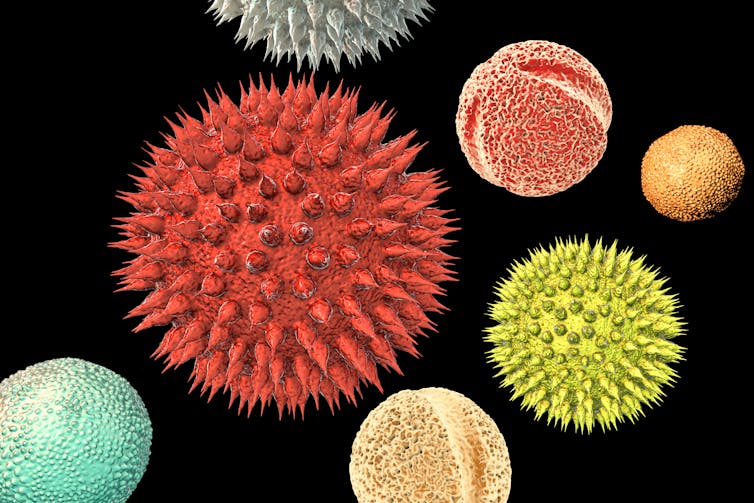
Kateryna Kon / Shutterstock
We have pollen grains in all sediment layers between the footprints at White Sands, which allows us to date them. The key advantage of having so much pollen is that you can pick plants like pine trees that are not affected by old water. Our samples were processed to concentrate the pollen within them using flow cytometry.
After a year or more of labour intensive and expensive laboratory work, we were rewarded with dates based on pine pollen that validated the original chronology of the footprints. They also showed that old water effects were absent at this site.
The pollen also allowed us to reconstruct vegetation that was growing when people made the footprints. We got exactly the kinds of plants we would expect to have been there during the Ice Age in New Mexico.
We also used a different dating technique called optically stimulated luminescence (OSL) as an independent check. OSL relies on the accumulation of energy within buried grains of quartz over time. This energy comes from the background radiation that’s all around us.
The more energy we find, the older we can assume the quartz grains are. This energy is released when the quartz is exposed to light, so what you are dating is the last time the quartz grains saw sunlight.
To sample the buried quartz, you drive metal tubes into the sediment and remove them carefully to avoid exposing them to light. Taking quartz grains from the centre of the tube, you expose them to light in the lab and measure the light emitted by grains. This reveals their age. The dates from OSL supported those we got using other techniques.
The humble pollen grain and some marvellous medical technology helped us confirm the dates the footprints were made, and when people reached the Americas.![]()
Matthew Robert Bennett, Professor of Environmental and Geographical Sciences, Bournemouth University and Sally Christine Reynolds, Associate Professor in Hominin Palaeoecology, Bournemouth University
This article is republished from The Conversation under a Creative Commons license. Read the original article.
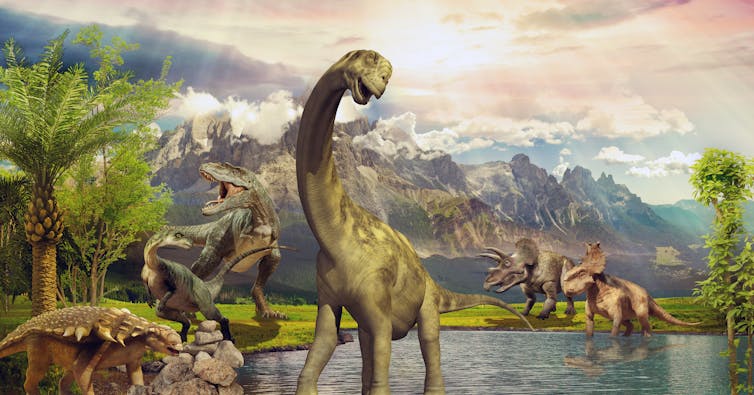
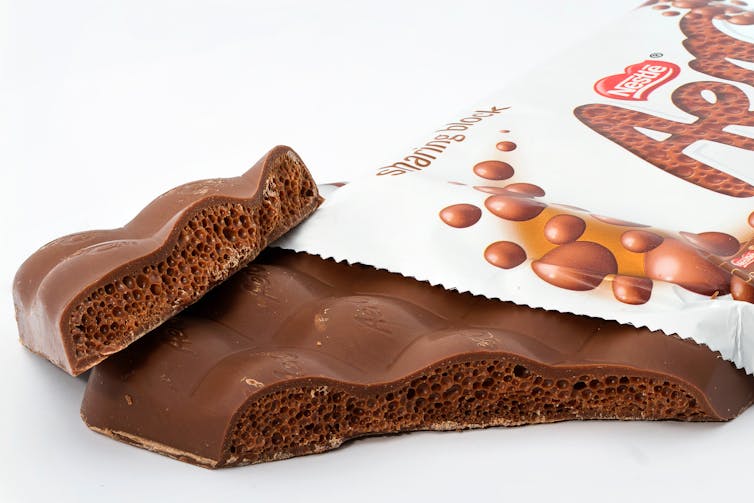
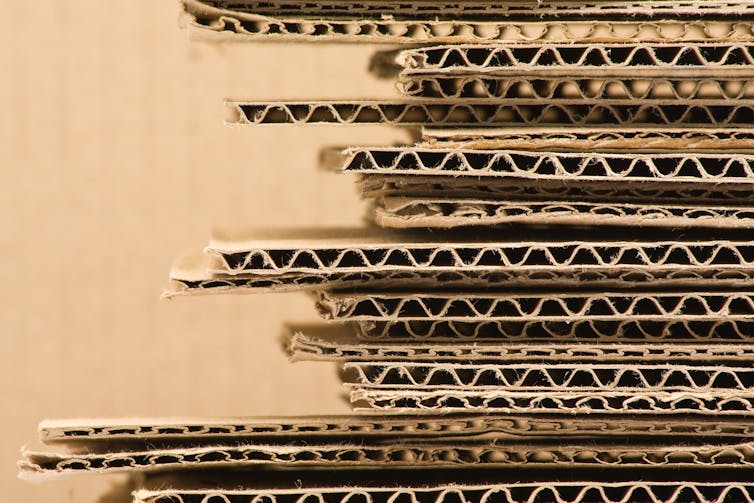
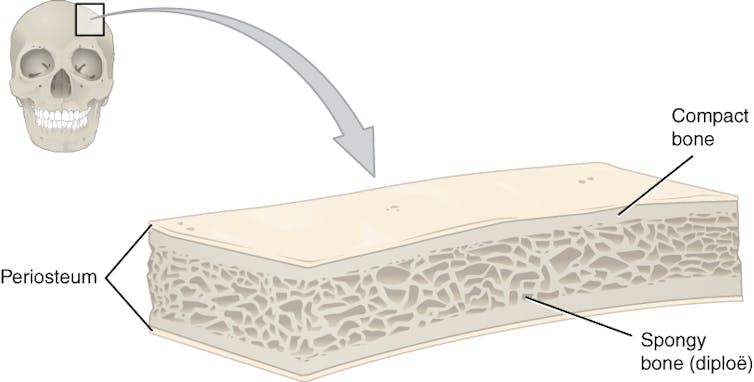












 Upcoming opportunities for PGRs – collaborate externally
Upcoming opportunities for PGRs – collaborate externally BU involved in new MRF dissemination grant
BU involved in new MRF dissemination grant New COVID-19 publication
New COVID-19 publication MSCA Postdoctoral Fellowships 2024
MSCA Postdoctoral Fellowships 2024 Horizon Europe News – December 2023
Horizon Europe News – December 2023